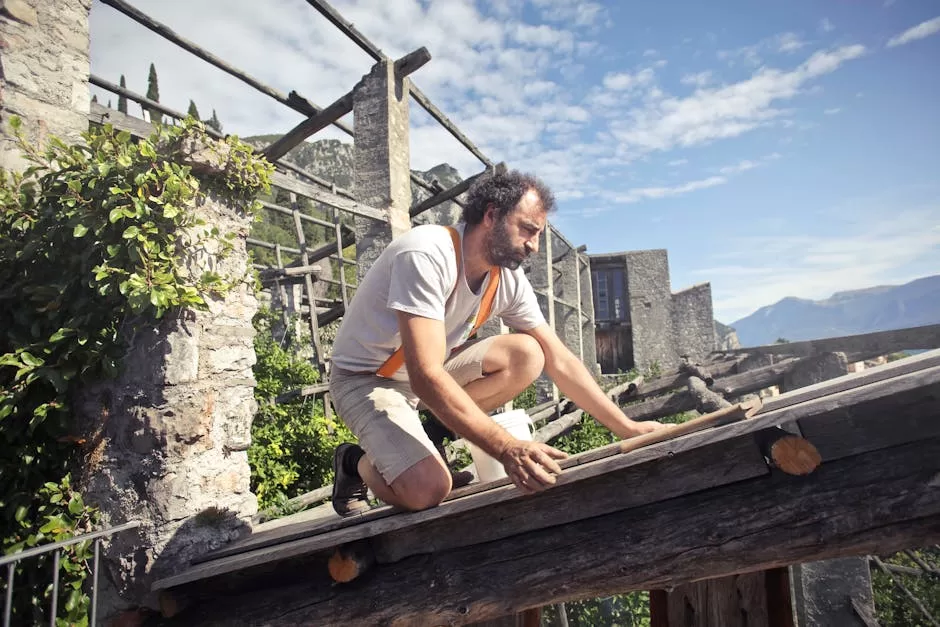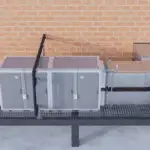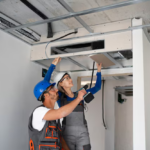When it comes to furnace installation, avoiding mistakes is crucial. A properly installed furnace ensures efficient operation, lower energy bills, and a warmer home during the colder months. Let’s delve into the most common mistakes to steer clear of when installing a furnace.
1. Overlooking Proper Sizing Guidelines
One of the most critical furnace installation mistakes to avoid is overlooking proper sizing guidelines. Choosing the right size furnace for your space is essential for efficient heating. An undersized unit will struggle to heat your home adequately, leading to increased energy consumption and potential malfunctions. On the other hand, an oversized furnace will cycle on and off frequently, resulting in poor temperature control and unnecessary wear and tear on the system.
To determine the correct size for your furnace, consider factors such as the square footage of your home, insulation levels, and regional climate. Consulting with a professional HVAC technician can help you select the optimal furnace size that meets your heating needs efficiently.
2. Neglecting Ductwork Inspection
Neglecting ductwork inspection is a common oversight during furnace installation. Faulty or leaky ducts can significantly impact your furnace’s performance by allowing heated air to escape before reaching your living spaces. This not only reduces the system’s efficiency but also leads to uneven heating throughout your home.
Before installing a new furnace, ensure that your ductwork is properly sealed and insulated. Addressing any leaks or damage in the ducts will enhance airflow, improve energy efficiency, and maximize the comfort of your indoor environment.
3. Skipping Professional Installation
Attempting a DIY approach or hiring inexperienced individuals for furnace installation can spell disaster in the long run. Professional installation by certified HVAC technicians is crucial to ensure that the system is set up correctly and operates safely and efficiently.
Professional installers have the knowledge, training, and tools to handle complex furnace installations with precision. Their expertise helps prevent common errors, such as improper wiring, inadequate ventilation, or incomplete system setup, which could compromise your furnace’s performance and longevity.
4. Incorrect Thermostat Placement
Incorrect thermostat placement is a mistake that can undermine the effectiveness of your furnace installation. Placing the thermostat near heat sources, direct sunlight, or drafty areas can lead to inaccurate temperature readings and inefficient heating.
For optimal performance, install the thermostat on an interior wall away from windows, doors, and air vents. This placement ensures that the thermostat senses the actual indoor temperature accurately, allowing your furnace to maintain consistent and comfortable heating levels throughout your home.
5. Ignoring Ventilation Requirements
Ignoring ventilation requirements is a hazardous mistake during furnace installation. Proper ventilation is essential for the safe operation of your furnace, as it ensures the release of combustion byproducts, such as carbon monoxide, outside your home.
Follow manufacturer guidelines and building codes when installing ventilation components for your furnace. Adequate intake and exhaust vents, as well as clear pathways for airflow, prevent the risk of hazardous gas buildup and promote a safe and healthy indoor environment for you and your family.
6. Forgetting Regular Maintenance Tasks
Forgetting regular maintenance tasks is a common pitfall post-furnace installation. Routine maintenance, including filter replacement, system cleaning, and component inspections, is vital to keep your furnace running smoothly and efficiently.
Create a maintenance schedule and adhere to it consistently to prolong the lifespan of your furnace and prevent unexpected breakdowns. Regular upkeep not only improves the system’s performance but also maintains indoor air quality and reduces the likelihood of costly repairs in the future.




